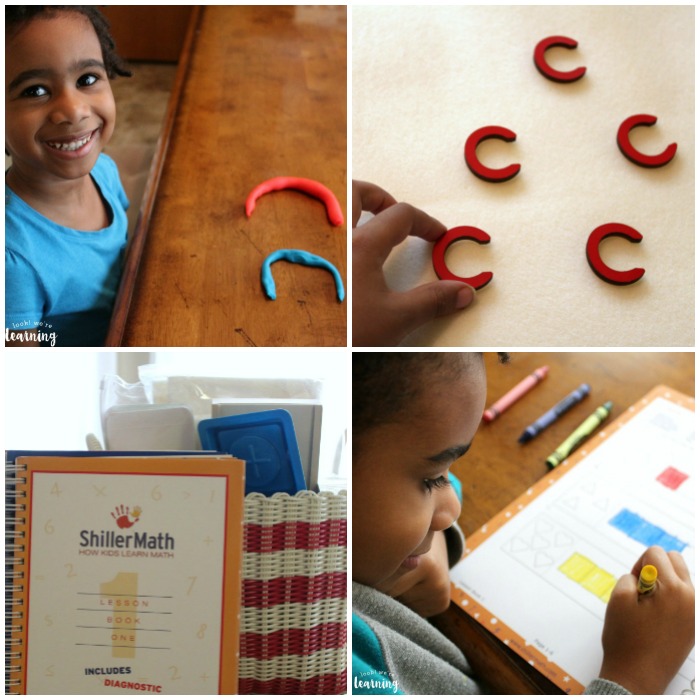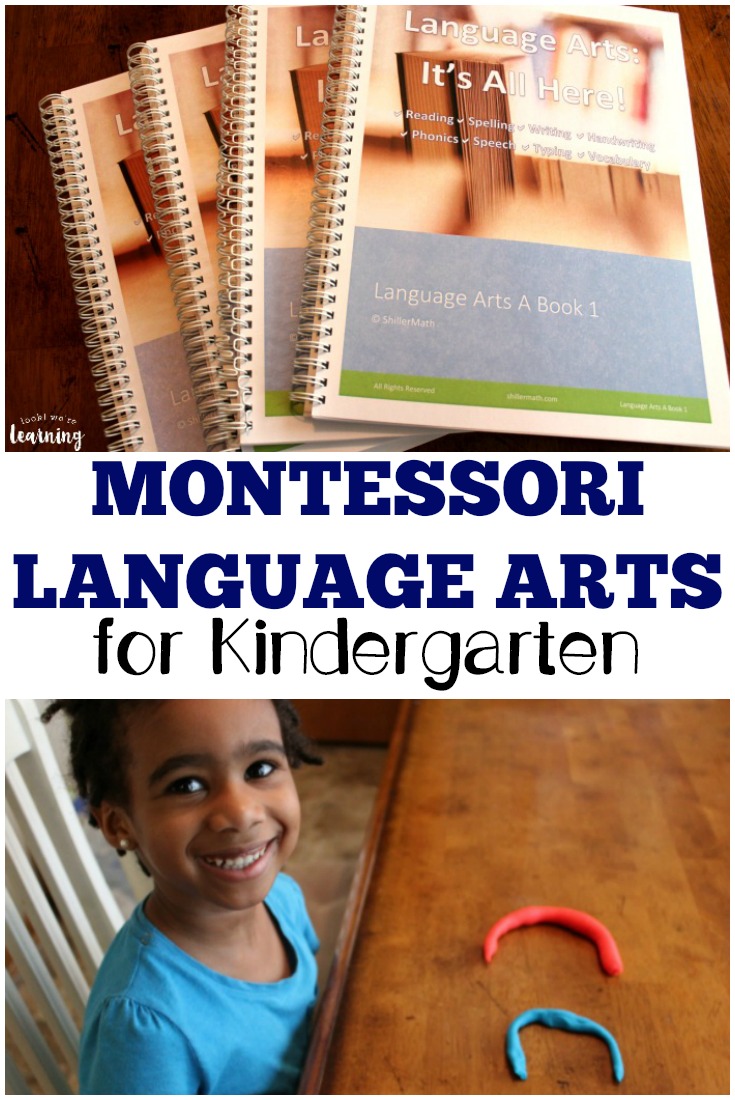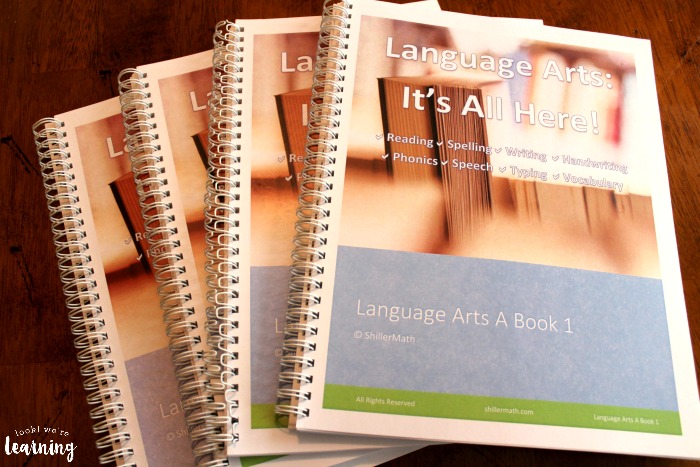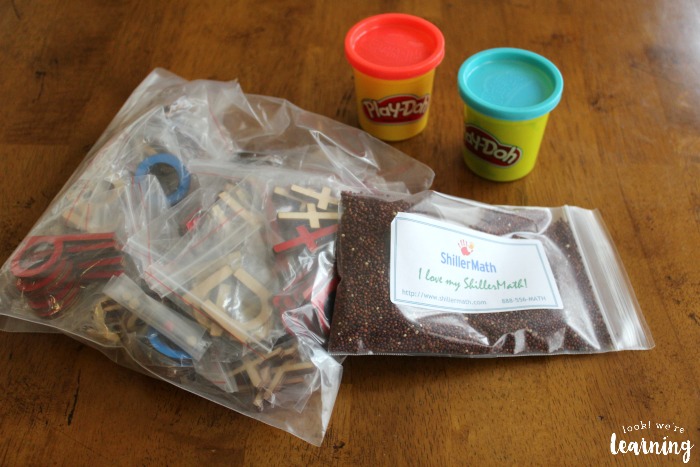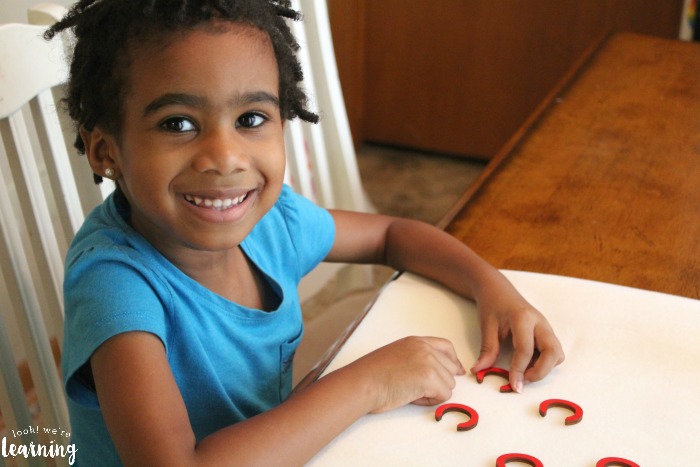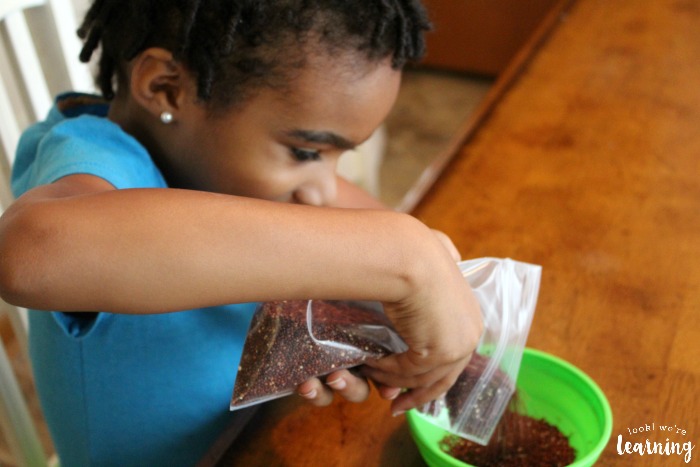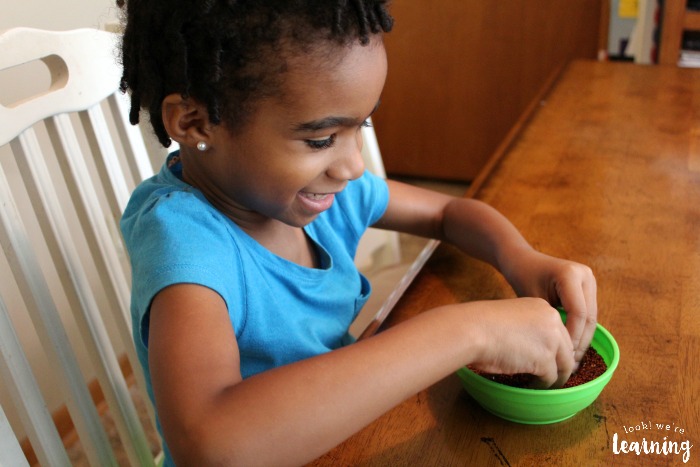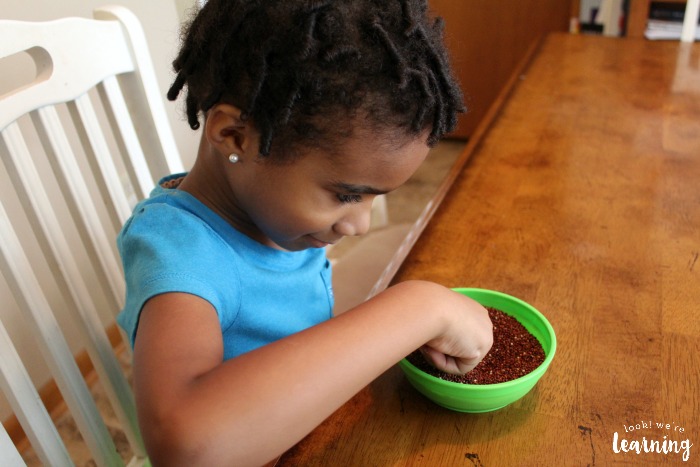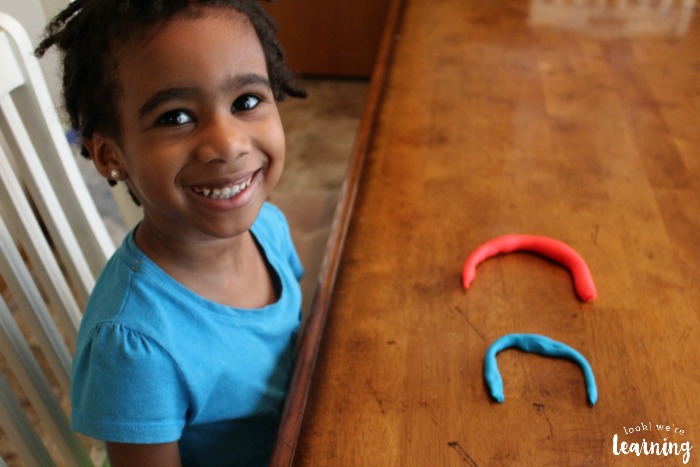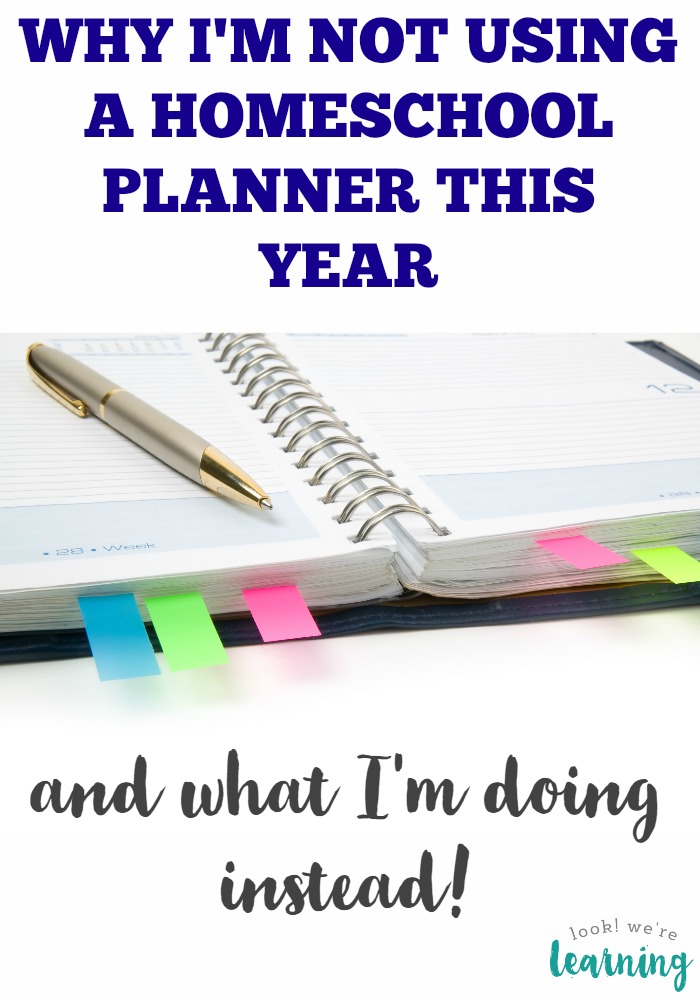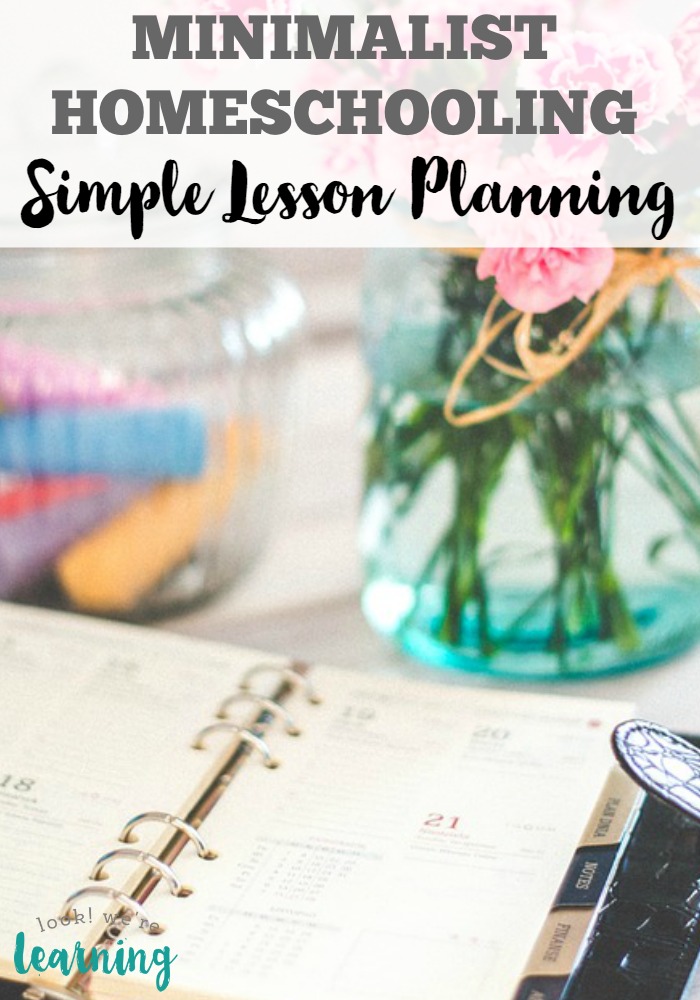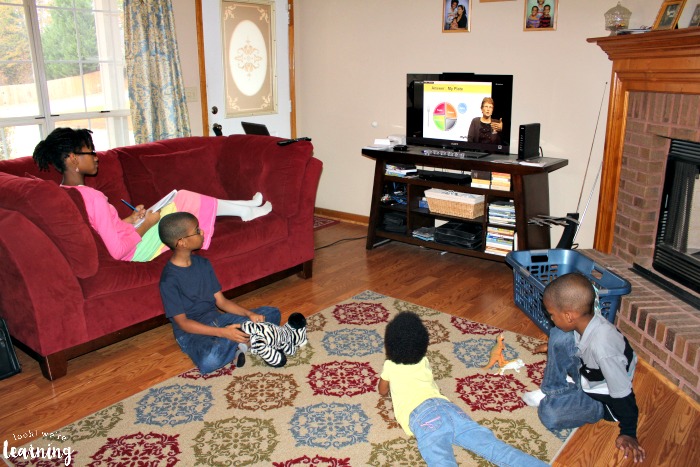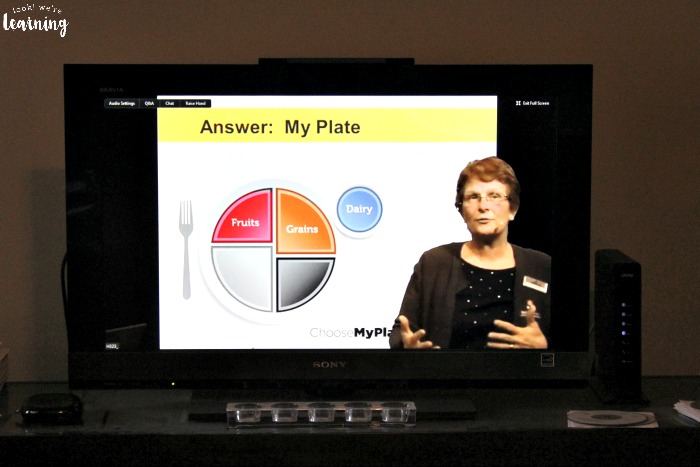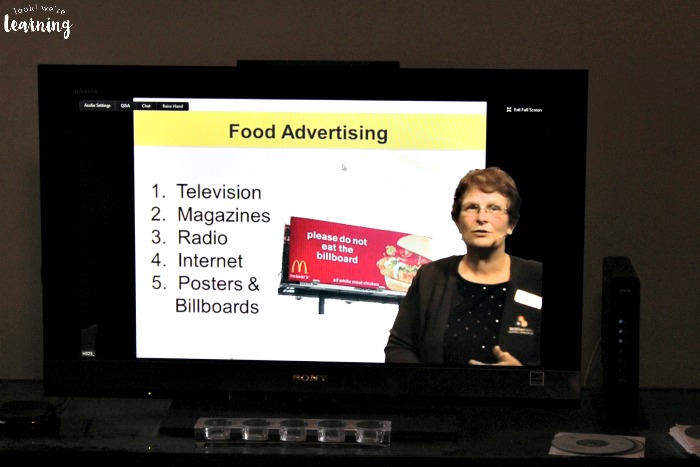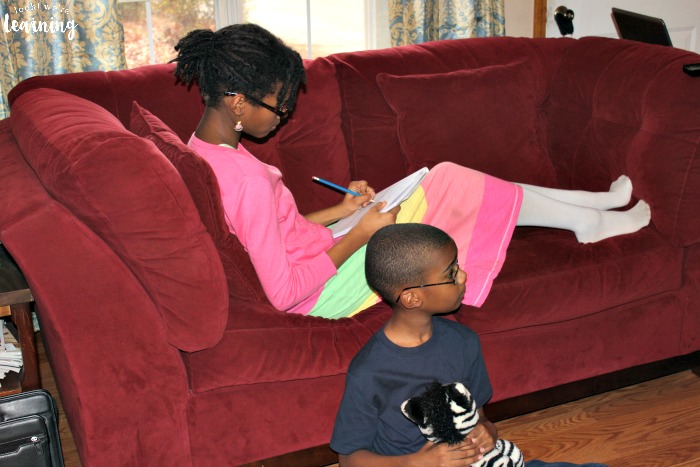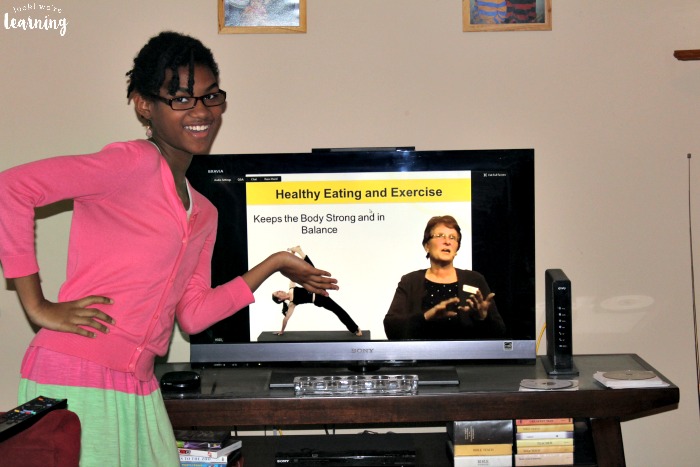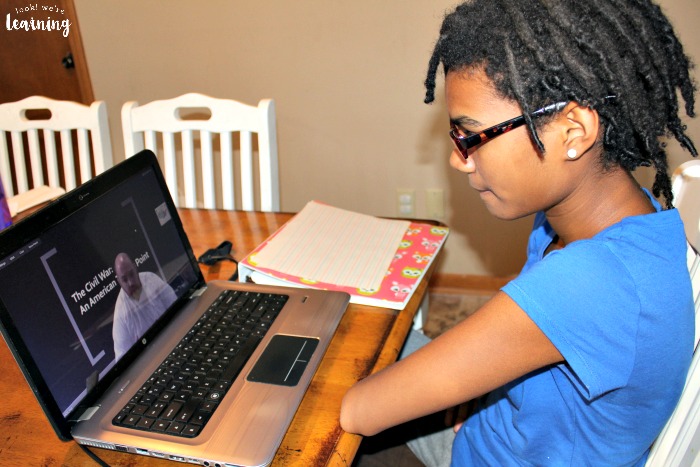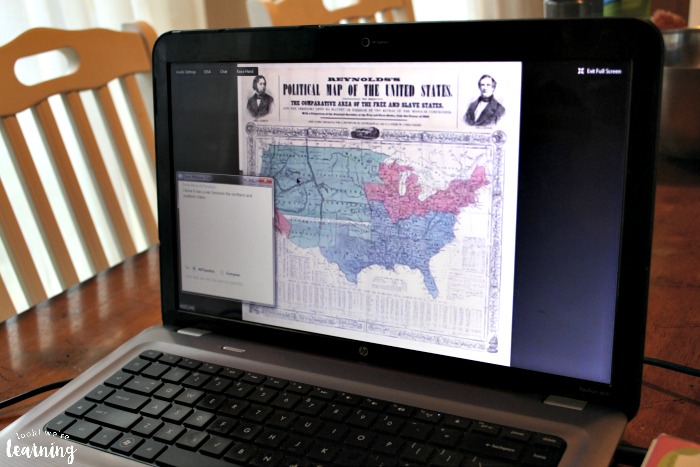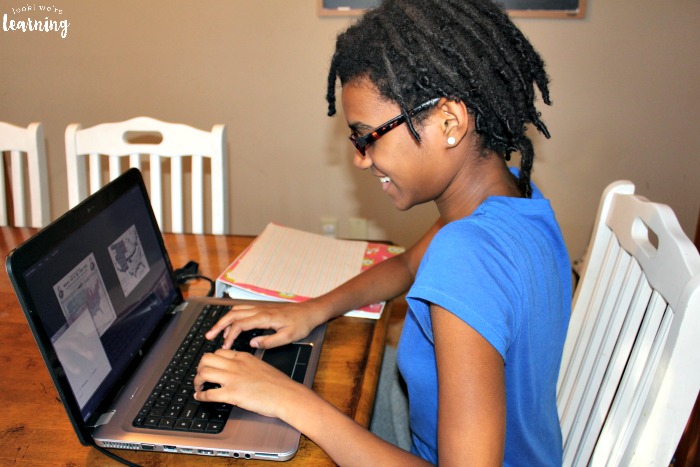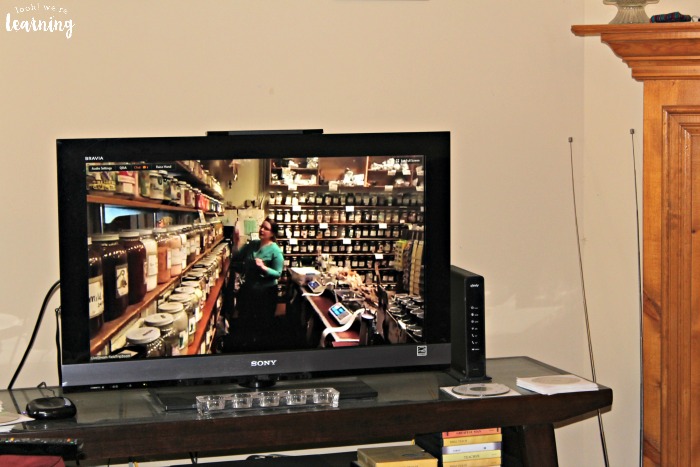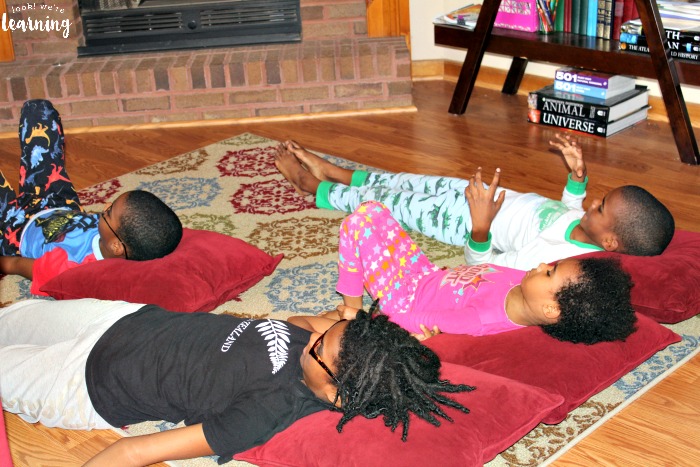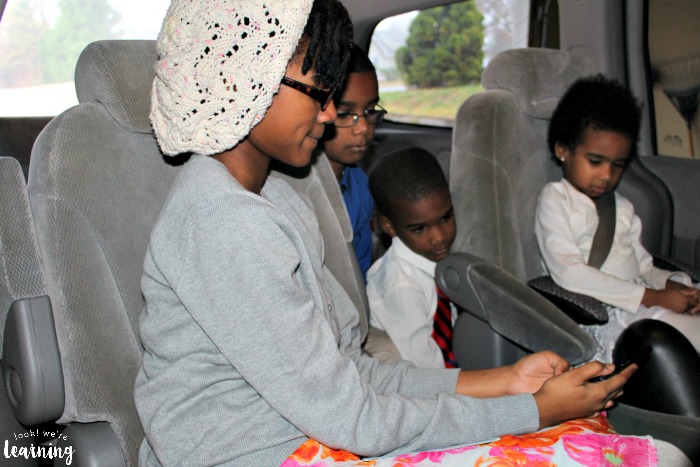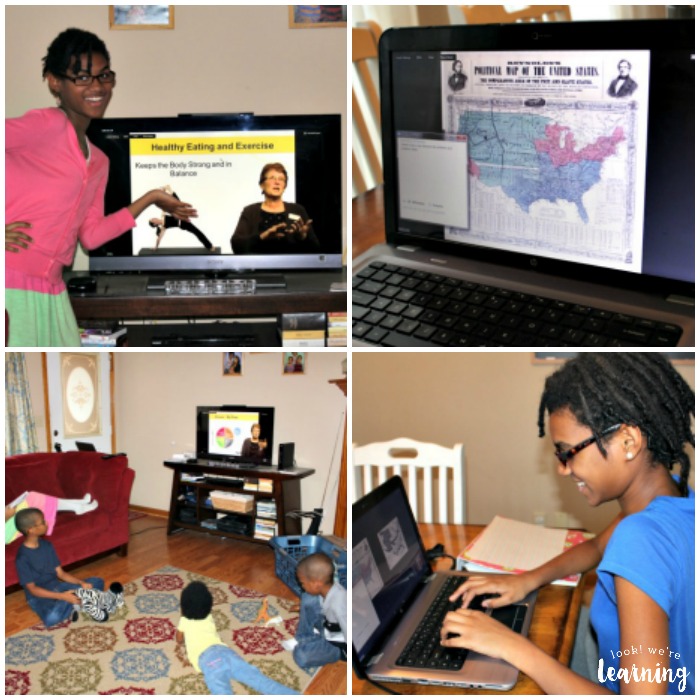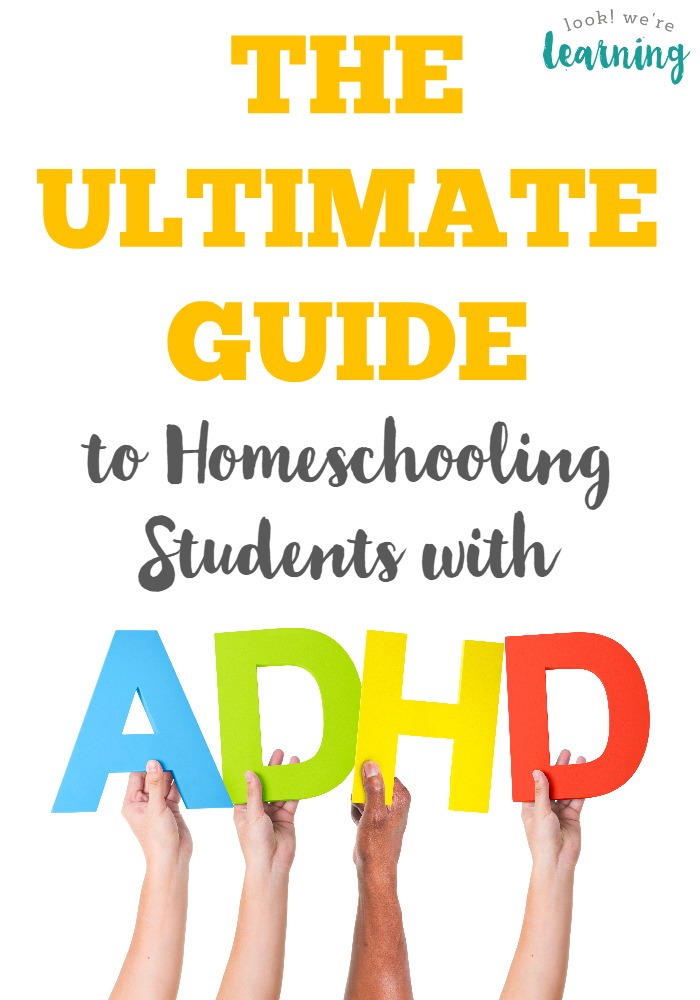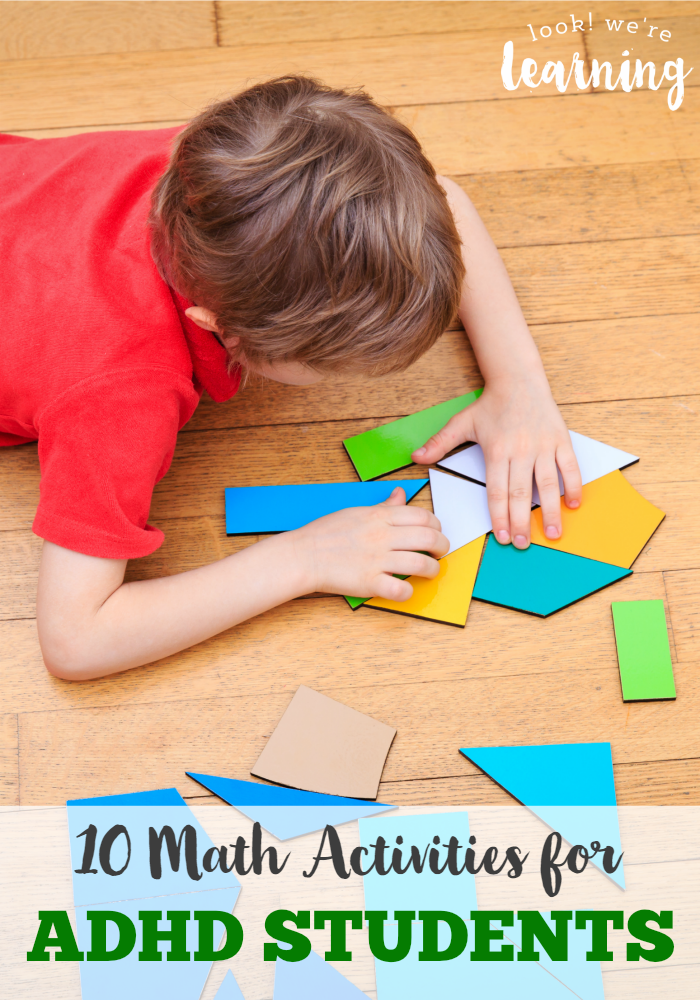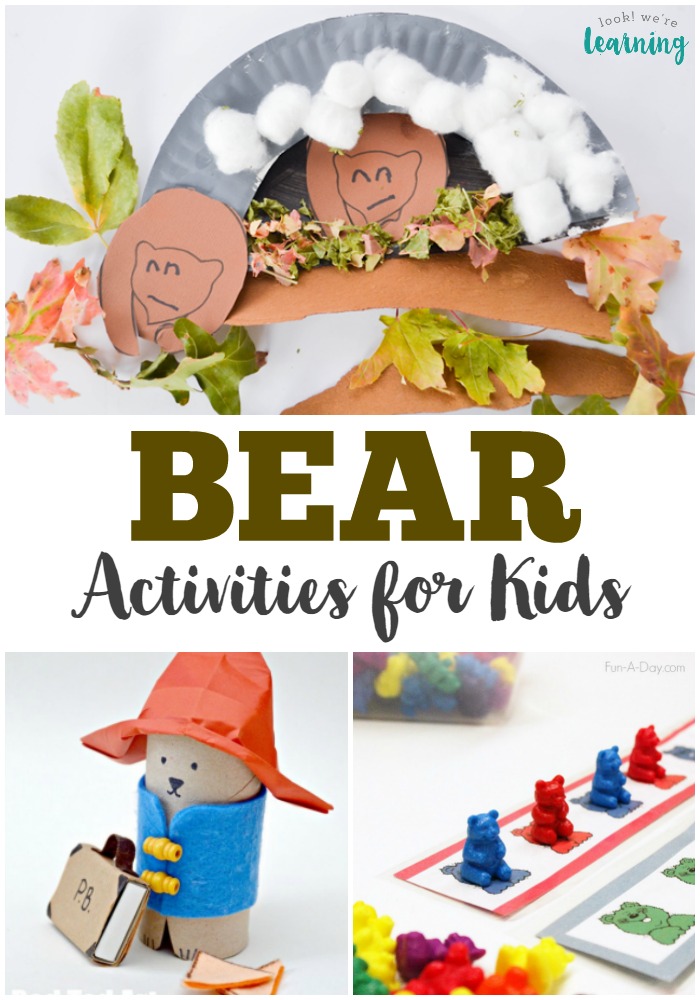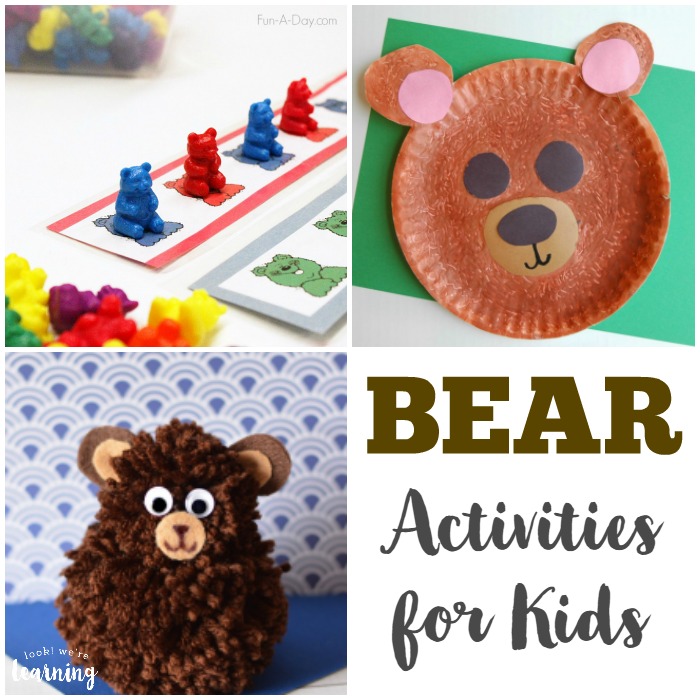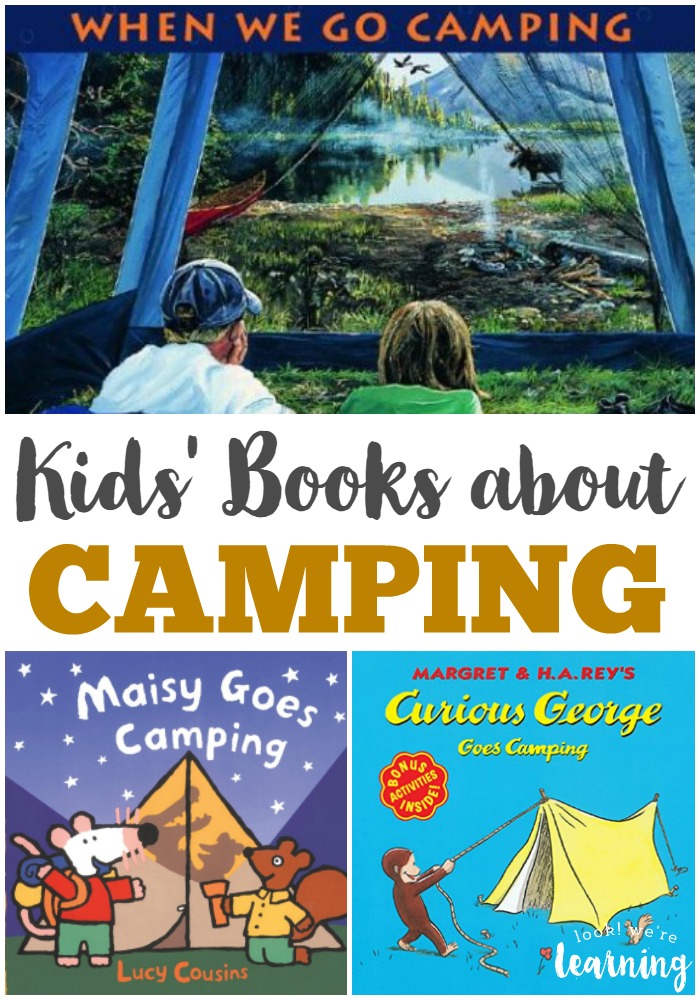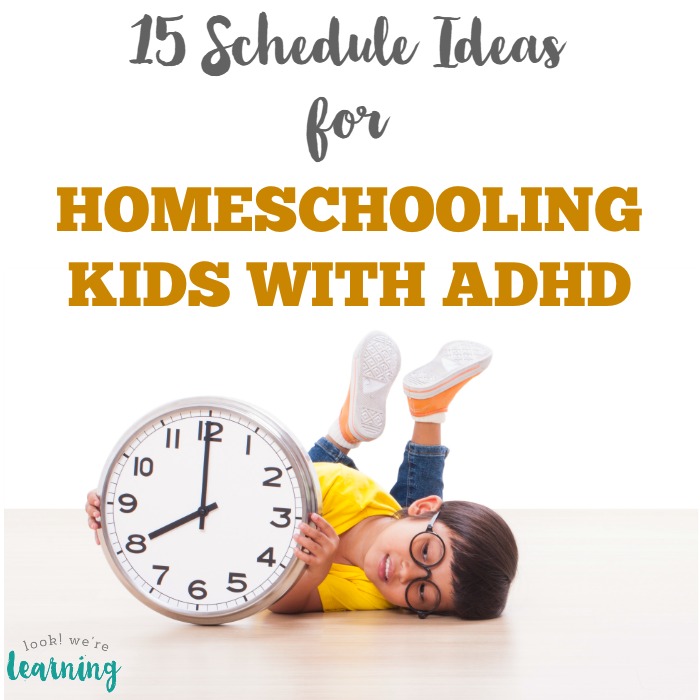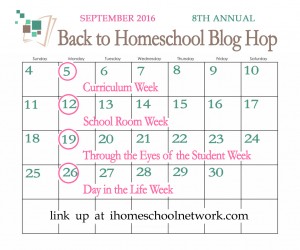Over the years, I’ve been rather cheap about homeschooling equipment. I’ll go crazy buying books, pens, and curriculum, but I was really hesitant to buy bulkier items for some reason. Probably because we have a small house and I didn’t want to overwhelm it with large items I wouldn’t use very often.
But, even though it’s wise to stay on a homeschooling budget, especially if you have several children (like we do), there are some homeschool tools that are worth the investment. During the years we’ve been homeschooling, I’ve found that three items in particular make this list.

Homeschool Tools That Are Worth the Investment
This post contains affiliate links. For details, see our Disclosure Policy.
When you go into a teacher’s lounge or the school copy room at a public school, you’ll see – among other things – an industrial-sized laminator. Public educators laminate nearly everything, which makes sense because they often have to reuse charts, placemats, and all kinds of other materials over the years.
I’d been hearing about the virtues of laminators for homeschoolers for some time, but I didn’t think I needed one. I was wrong.
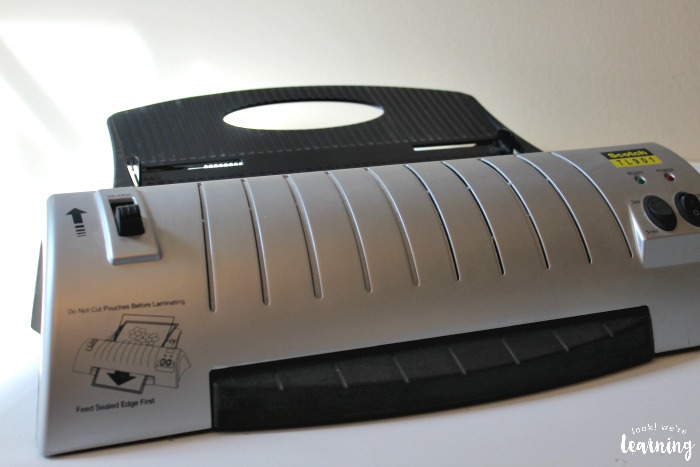
Amazon frequently offers laminators on sale, especially during back to school time, so when the price of the Scotch laminator dropped to $20, I picked one up.
I couldn’t have made a better investment for our homeschool. I laminate so many things! Curriculum covers, playdough mats, printable flashcards, and more! And, since we use so many different digital curriculum products, I need to print and laminate fairly often.
Another item that I was told would come in handy was a coil-binding machine. That one, honestly, seemed like an extravagance and I was a little intimidated by it. It just looked so complicated. Would I really use it?

Yes. Yes, I would.
I have the Fellowes Star Coil Binding Machine, which is super simple to operate and one of my favorite purchases ever. I can turn almost anything into a book now! Lesson planners, teachers’ guides, printed curriculum – the possibilities are endless.
And, while I thought this machine would be enormous and in the way, it actually folds up and fits on the floor of our hallway closet with no trouble at all. I stressed over that for absolutely nothing.
My other homeschool investment has been our classroom chalkboard.
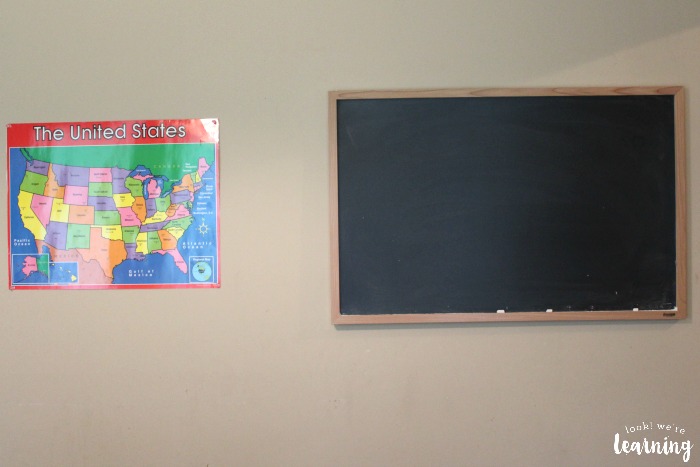
A whiteboard would work just as well, by the way. But chalk is cheaper to buy, so I went with that for our homeschool needs. The size I purchased is 23 x 35, which is large enough to be seen but not so large that takes up most of our wall.
Also – There’s just something about seeing me work out a math problem on the board that makes the light go off over my kids’ heads.
So, those are my top three homeschool tools that are worth the investment:
I also have two other items that deserve an honorable mention:
- My electric pencil sharpener (You would not believe how many times I hear the phrase “Can I sharpen my pencil, Mom?” during the day.)
- My external hard drive (I use this to store all of my digital homeschool curriculum.)

Do you have any homeschool tools that are truly proven their worth over the years? Share your tips in the comments!
Don’t miss these other homeschooling posts!
And see more ways to create your own homeschool on my Homeschool Planning Pinterest board!
Get exclusive homeschooling tips and tricks in your inbox when you sign up for our email newsletter!




